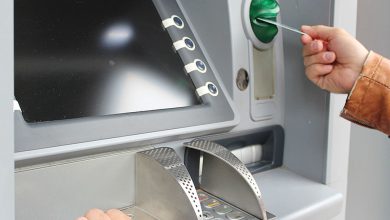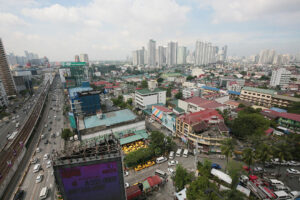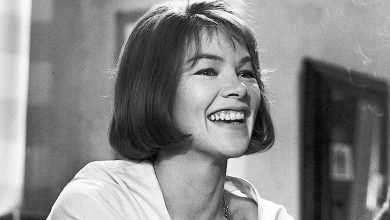BSP to scale back policy support as economy recovers, Diokno says

Fresh fish products are up for sale at the Marikina Public Market, April 13. Economic activity improved in the first quarter as mobility curbs eased in Metro Manila and other areas. — PHILIPPINE STAR/ WALTER BOLLOZOS
THE PHILIPPINE central bank will take into account the pace of economic recovery as it pursues monetary policy normalization.
“The Bangko Sentral ng Pilipinas (BSP) is mindful that as the economy recovers and gradually returns to normal, the extraordinary measures will need to be scaled back,” BSP Governor Benjamin E. Diokno said in a speech at the virtual Philippine Singapore Business Investment Summit on Wednesday.
“The timing and conditions of BSP’s exit strategy for its pandemic interventions will continue to be guided by the inflation and growth outlook over the medium term, the state of public health, and domestic and global risks to the economy,” he added.
Mr. Diokno on Monday told Bloomberg the central bank may consider increasing policy interest rates at its June 23 meeting as the economy likely expanded by around 6-7% in the first quarter.
First-quarter economic data will be released on May 12.
BSP officials previously said they will assess the need for a rate hike in the second half of 2022.
Last month, the BSP kept policy rates untouched at record lows even as it raised its inflation forecast for 2022 to a beyond-target at 4.3% as oil and commodity prices surged.
Mr. Diokno previously said he would want to see about four to six quarters of consecutive economic growth before adjusting policy rates.
If Philippine gross domestic product (GDP) expands in the first quarter, this will mark the fourth successive quarter of economic growth following the pandemic-induced recession.
“Recent key economic developments give us confidence in the country’s ability to sustain recovery in the near term,” Mr. Diokno said.
“Growth will be supported by the implementation of the 2022 national budget, the ‘Build, Build, Build’ projects, the Corporate Recovery and Tax Incentives for Enterprises law, as well as amendments to the Retail Trade Liberalization Act, the Foreign Investment Act, and Public Service Act,” he added.
Mr. Diokno acknowledged uncertainties caused by the Russia-Ukraine war on the outlook for trade, investments, and remittances, but emphasized the limited economic linkages to the countries involved.
He said the country’s external position is still a source of strength for the economy.
“The country’s robust external accounts and structural foreign exchange inflows are expected to mitigate potential negative impacts from advanced economies’ monetary tightening, as well as headwinds from the Ukraine-Russia conflict,” he said.
Gross international reserves worth $108.5 billion as of end-March are equivalent to 9.6 months’ worth of imports of goods and payments for services and primary income.
Mr. Diokno said external debt is also relatively low at 27% of the GDP as of end-2021, compared with approximately 60% in mid-2000s.
Philippine GDP rose by 5.7% in 2021 after the record 9.6% contraction in 2020. Economic managers expect GDP to rise by 7-9% this year.
Mr. Diokno has said policy interventions to support the economy during the pandemic infused over P2.2 trillion into the financial system. This is equivalent to about 11.1% of GDP.
Earlier this month, the BSP extended another P300-billion zero-interest loan to the National Government in March, payable until June 12. This was the sixth time the central bank extended budgetary support to the National Government.
The central bank chief also significantly lowered purchases of government securities. — Luz Wendy T. Noble




